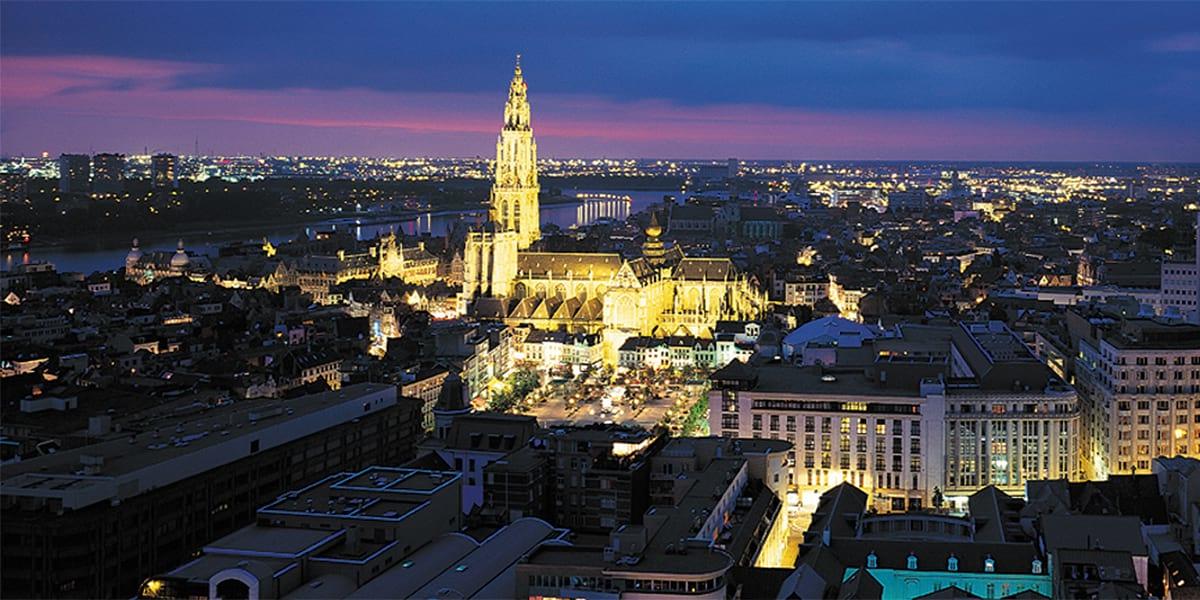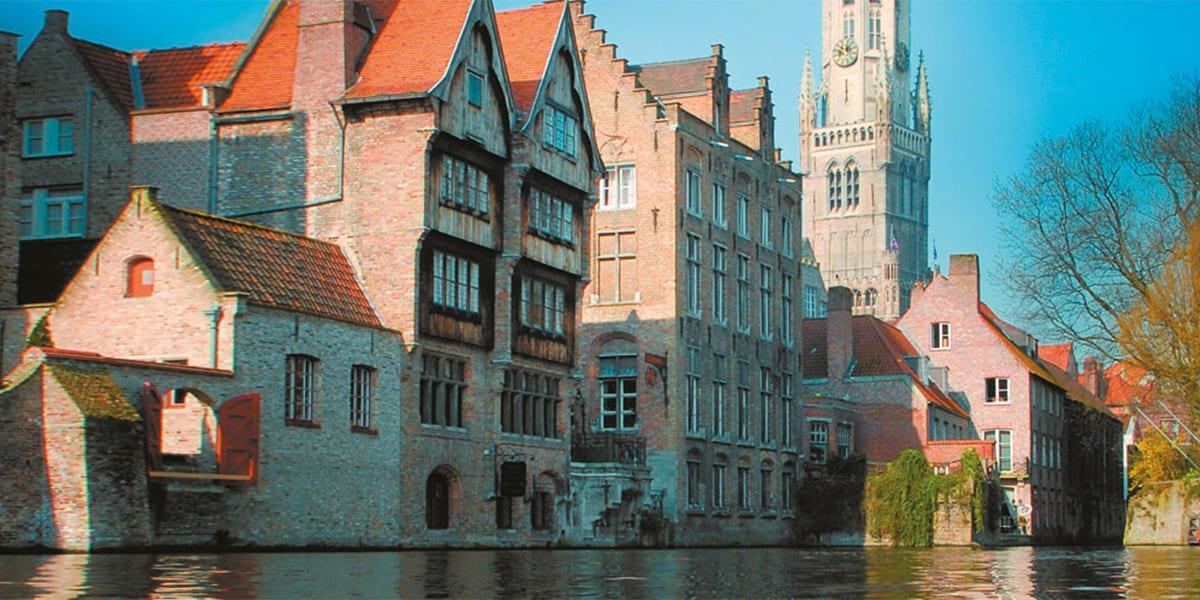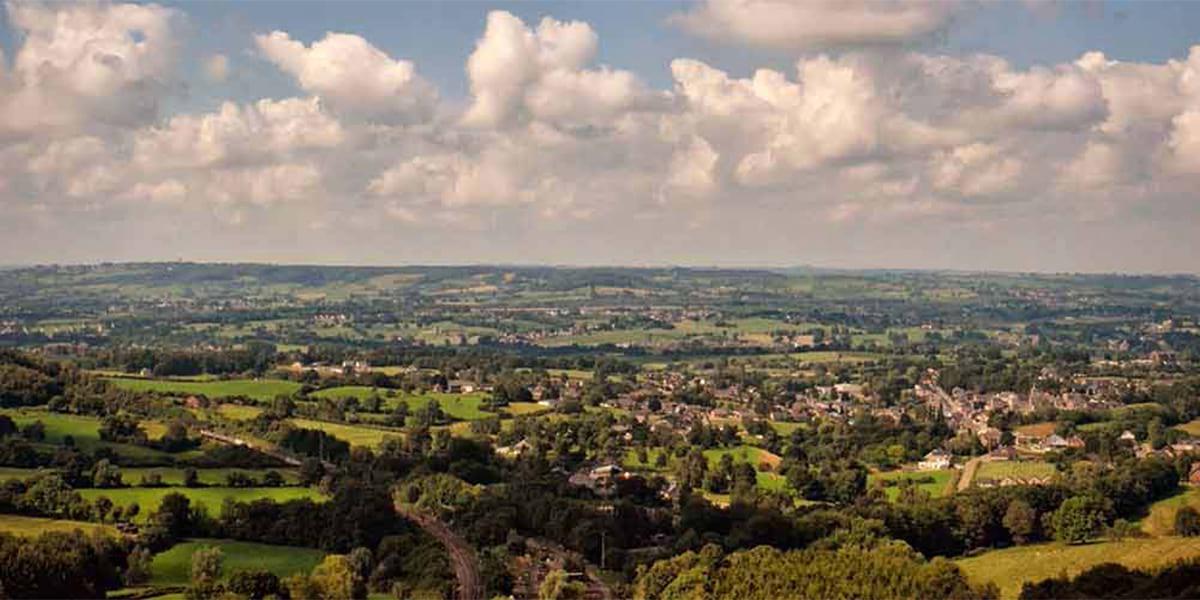
Your Essential Travel Guide To Battlefields In Belgium
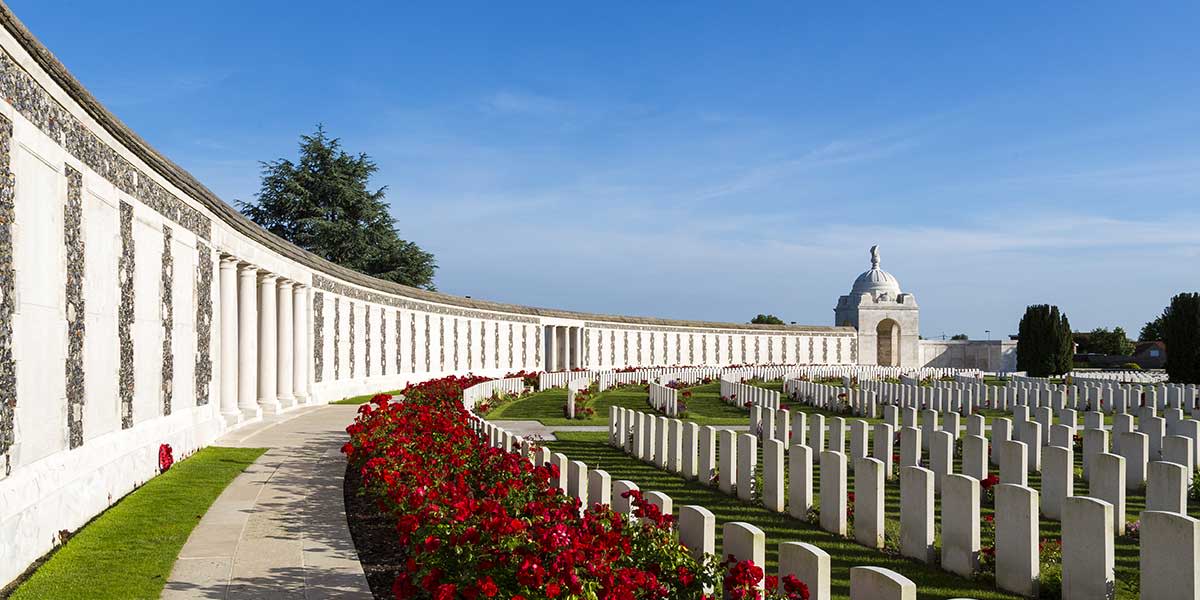
Discover Which Battlefields In Belgium To Visit
Belgium is known for its historic castles, beautiful countryside, rich chocolate and great beer but it has a tumultuous history when it comes to war. Belgium is one of the smaller European countries but, hemmed in as it is by France, Germany and Britain, its location has always been one of crucial tactical importance.
As a major part of the Western Front during the first world war, and having previously been part of both the French and Dutch empires, Belgium has seen more than its fair share of conflict for a country of such a small size.
It can be difficult to get around using public transport, so we suggest taking the car ferry to one of our ports in Calais or Dunkirk and from there you’re just a short drive away from Belgium. Alternatively sail from Newcastle to IJmuiden and drive through Holland to Belgium.
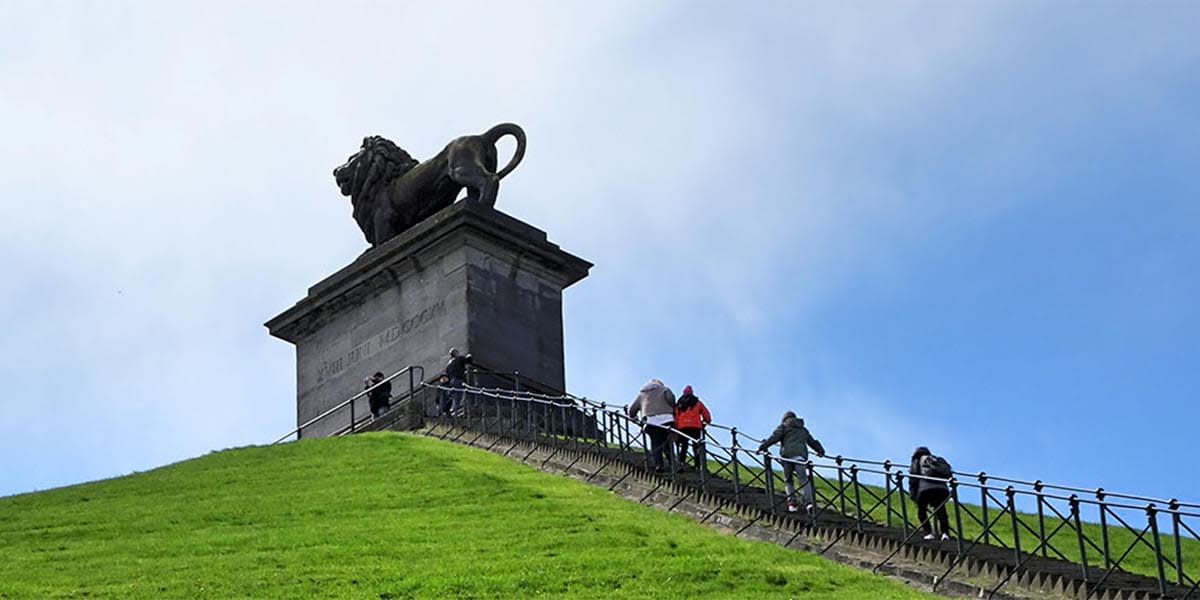
Waterloo
Waterloo Battlefield is located 30 kilometres south of Brussels. As the setting of one of the most famous battles in British military history, Waterloo Battlefield is a must for anyone touring the battlefields of Belgium.
The Battle of Waterloo, fought on June 18, 1815, was one of the largest pre-twentieth-century European battles. It was the site of Napoleon's great defeat to the Duke of Wellington and effectively ended the Napoleonic Era and the reign of Napoleon himself.
The main battlefield sights are the Lion’s Mound, a huge panoramic painting depicting the battle, and the visitors’ centre, which presents an overview of the battle.
The Lion’s Mound is a large hill topped with a huge cast iron lion constructed at the spot where William II, Prince of Orange was injured during the battle. There are 226 steps to the top of the hill which offers the best views of the battlefield.
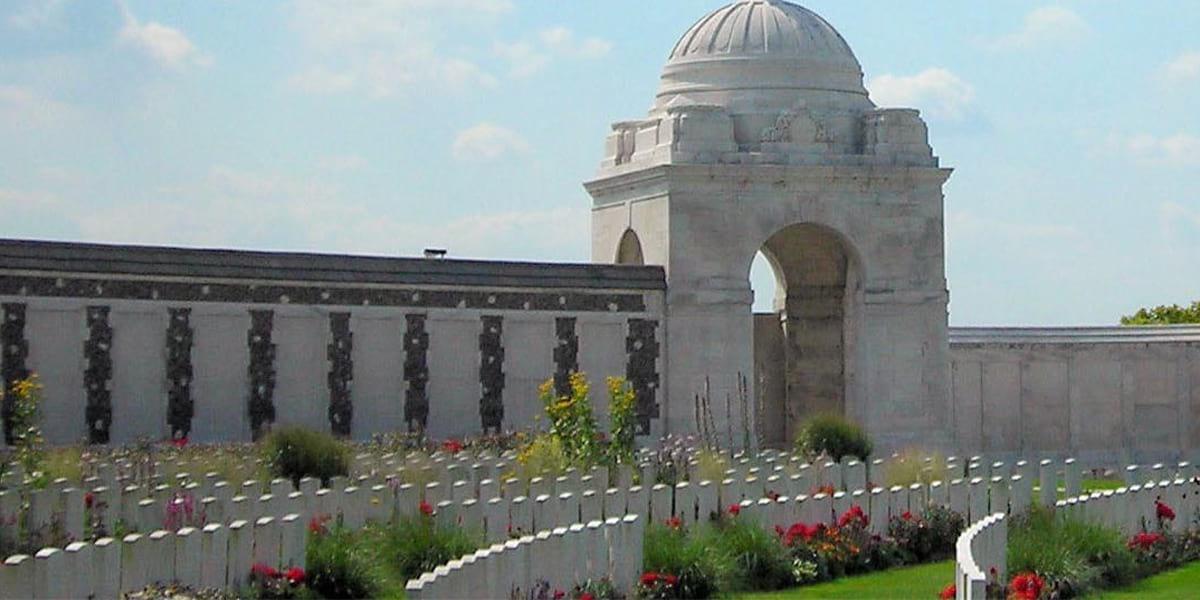
Ypres Salient
From the beginning of the First World War until its end, many of the Western Front’s bloodiest engagements were fought around the Ypres Salient, including the First, Second and Third Ypres, Langemarck and Messines battles.
There are 185 military cemeteries surrounding Ypres, of which the most significant are the Tyne Cot Commonwealth War Cemetery - the largest of its kind in the world - and the Vladso German Cemetery, with its black gravestones and sculptures of the Grieving Parents. You can also visit Flanders Field American Cemetery and Memorial as well as the In Flanders Fields Museum and the Passchendaele Memorial Museum. See the atrocious conditions soldiers lived in, a preserved section of the Western Front trenches, known as the ‘Trench of Death’. You should also visit the Essex Farm Field Hospital, home to the original bunkers where John McCrae wrote his famous poem ‘Flanders Fields’.

The Battle of the Bulge
The Battle of the Bulge was the last major German offensive of the Second World War in the west. It took place in the densely forested Ardennes region of Wallonia on the Western Front - the surprise attack catching Allied forces completely off guard.
Today the Ardennes is arguably the largest of any Second World War battlefield. It is like visiting a huge open-air museum, with hundreds of memorials, cemeteries, battle sites and vehicles to see, so you might want to set aside a few days to explore the area.
The American War Cemetery and memorial at Henri-Chapelle, near Liège, are good starting points. Close to the Siegfried Line at Hollerath, you can see dragon’s teeth anti-tank defences, trenches, foxholes and memorials to both the German and American troops. And at Bastogne you can visit the 101st Airborne Museum and one of the Sherman turrets that marks the defensive perimeter which once surrounded the town.

Mons
The Battle of Mons during the First World War was the first battle between the British and German forces on the Western Front. It was fought on 23 August 1914, before the British began a retreat towards France from the massive opposing German forces. On 11 November 1918, Allied forces re-entered the town of Mons just as the armistice commenced, effectively ending the war where they first began fighting, over four years earlier.
Visit the bridge at Nimy where the first two Victoria Crosses of the conflict were awarded, and the railway station at Obourg which was once defended by the Middlesex Regiment. At La Bascule there is a monument to the First and Last Battle of the Great War and close by is the cemetery of St Symphorien, where both German and British soldiers lie buried. You can also visit the new Mons War Museum which has some amazing exhibits, including old photos, letters and grainy footage.





